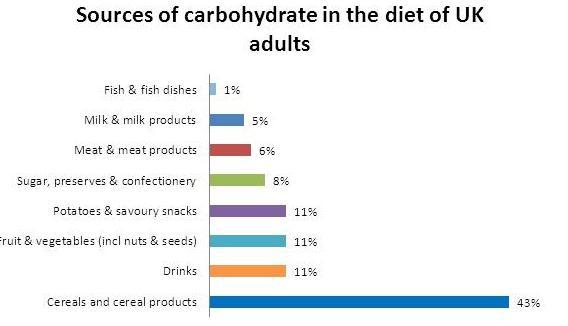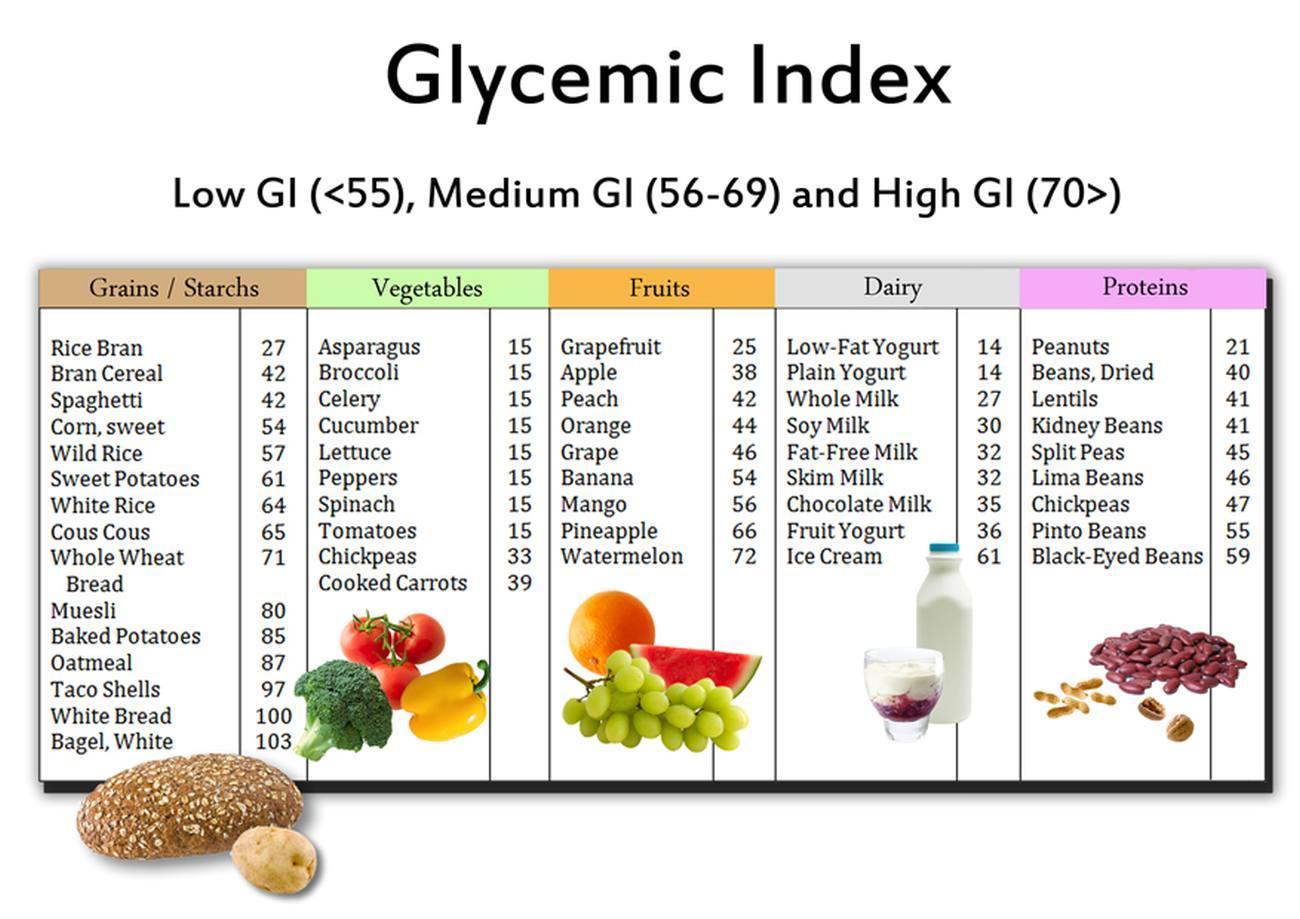Ski Instructor Training – Nutrition: Carbohydrates
Ski Instructor Training – Nutrition
Carbohydrates
Carbohydrates are key components in the diet, and are broken down into three main types; sugars, starchy carbohydrates and dietary fibre.
Our main source of energy should come from the starchy carbohydrates, and fibre is important for digestive health.
Carbohydrates also provide structural support for cells and help with communication between cells (1).
Eating an excess of carbohydrates means the body has too much fuel and no real use for it. This is where weight gain and certain diseases including heart disease and diabetes can potentially come from. Leading to a recent animosity towards carbohydrates and an encouragement from fad diet regimes to exclude them from the diet.
However they are vital to our bodies. Understanding the role and afterwards the amounts needed should inform a healthy, well-balanced diet in which carbohydrates make up 45 – 65 % of total calorie intake in the average adult (2).
The Geeky Science Bit
Classification of carbohydrates
All carbohydrates are compounds of carbon, hydrogen and oxygen. They can be divided into three main groups, according to the structure and size of the molecule:
Monosaccharides
The simplest carbohydrate molecules.
Example: glucose, fructose and galactose.
Disaccharides
Formed from two monosaccharide molecules joining together. Examples of disaccharides are:
maltose (glucose + glucose)
sucrose (glucose + fructose)
lactose (glucose + galactose)
Oligosaccharides
Longer carbon chain lengths than the sugars (mono and disaccharides) but shorter than polysaccharides, between 3 and 10 carbon molecules.
Example: humans do not have many enzymes to digest oligosaccharides. Approximately 90% are not digested but act as a prebiotic or in other words are utilised by the bacteria in the intestines (3).
Polysaccharides
Many monosaccharide molecules joined together. Commonly glucose. Examples:
starch,
glycogen (form in which glucose is stored in the body),
cellulose,
beta glucan,
pectin (components classed as dietary fibre).
To recap, we said carbohydrates are split into three main types; sugars, starchy carbohydrates and dietary fibre. Monosaccharides and disaccharides form the ‘simple sugars’ part of carbohydrates whereas polysaccharides are the ‘starchy carbohydrates’.
Carbohydrates as Nutrients
1g carbohydrate = 16.7kJ (4kcal) 5.
To give a reference:
1g carbohydrate provides 16.7 kJ (4 kcal),
1g of protein provides 16.7 kJ (4 kcal),
1g of fat provides 37.7 kJ (9 kcal) as specified by WHO, 2004.
Dietary fibre used to be considered to have no calorific value as were indigestible for energy however the European Commission6 has concluded that it does have a small contribution as it is digested in the large intestine by bacteria and so have given a value of:
1g dietary fibre = 8.4kJ (2kcal).
Use in sport
The human body stores on average 500g of glycogen.
We use approximately:
120g for normal daily brain function
60 – 80g for the rest of the body’s daily functioning
300g is kept in reserve.
A marathon runner can use up all of their glycogen stores in one go, hence the need for proper nutrition, carb-loading and definitely a decent meal after running so far.
A diet with no carbohydrates in it can use up the glycogen stores in 48hrs. Whilst some may see this as desirable the body needs a constant supply of glucose as energy to function and will have to find other stores. The body then goes into a state in which fat and protein are burned for fuel instead of carbohydrates; the name of this process is ketosis (10).
However proteins have their own role in growth and repair of tissues and so an increased requirement of proteins as energy is an issue.
Enough carbohydrates has a protein-sparing effect. Energy is coming from sources other than protein, which conserves muscle tissue (7).
Carbohydrates in the Diet
The National Diet and Nutrition Survey (8) of UK adults found the average daily intake of carbohydrate was 252g (47.5% ) for men and 198g (48.3% ) for women. This is well within the recommended ratio of 45-65%. So a look at the type of carbohydrates being consumed is important as in 2015 27% of the UK’s population was classified as obese (9). Whilst other European countries are showing the same trend of increased overweight population.

The Glycaemic Index
The Glycaemic Index (GI) is a value assigned to foods and is a measurement of how quickly the glucose from foods is digested, absorbed and metabolised marked by increases in blood glucose levels. As the body requires a constant supply of glucose to fuel its functioning, a slow and regular release of glucose into the bloodstream is preferable.
As the blood glucose levels rise the pancreas produces insulin, the hormone that prompts cells to absorb glucose for energy. After a meal the levels of insulin rise and then fall as the blood glucose level falls. Glucagon is then released from the pancreas which signals the liver to release stored sugar to maintain the blood glucose supply. With insulin and glucagon working together in what’s called a negative feedback loop where one event triggers another, which triggers another etc. to keep your blood sugar levels balanced, the body ensures it has the constant supply of glucose that it needs (11).
Sustained blood glucose levels above normal levels can lead to significant health problems such as diabetes, blindness, kidney failure, or increased cardiovascular risk.
This is where the glycaemic index comes into play with consideration of what types of carbohydrates to eat. Glycaemic Index is a ranking of carbohydrates in which foods are given a score between 0 – 100, with pure glucose scoring 100.

Glycemic Index
Ski Instructor Training – Nutrition – Carbohydrates
Return to the IASI Coach Theory page.
References
https://basicbiology.net/biology-101/molecules-of-life/
https://www.verywellfit.com/oligosaccharides-and-prebiotics-health-benefits-2242223
https://ec.europa.eu/jrc/en/health-knowledge-gateway/promotion-prevention/nutrition/fibre
https://academic.oup.com/ajcn/article-abstract/41/3/540/4691522?redirectedFrom=PDF
https://www.livestrong.com/article/423135-importance-of-carbohydrates/
https://www.gov.uk/government/collections/national-diet-and-nutrition-survey
https://www.healthline.com/health/diabetes/insulin-and-glucagon#working-together